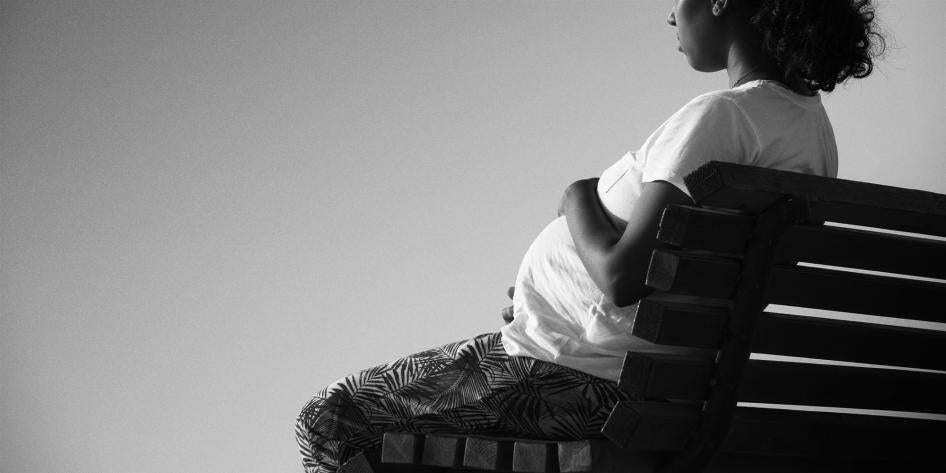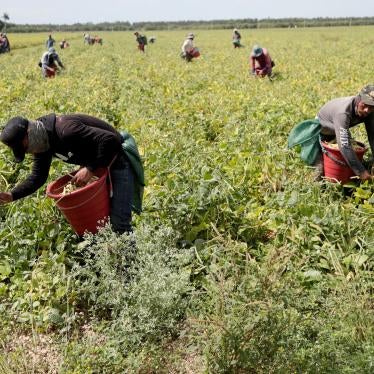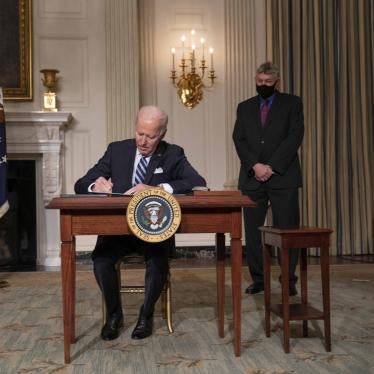Around the world, the climate crisis is worsening the inequities surrounding who gets to have a healthy pregnancy and baby.
Esther McCant, who works as a doula in the US state of Florida, knows that pregnant people need more than a birth plan. They also need information to plan for heat waves, especially for families that can’t afford running their air conditioning, and for extreme weather events such as hurricanes, storms, and floods, that are increasingly likely due to climate change.
So McCant, a mother of four and a Black maternal health activist, includes climate health education and activism in her already overpacked agenda for doula trainees since she knows that the most marginalized people are most affected by a changing climate.
In the United States, myriad forms of racism already result in maternal mortality rates three to four times those of white women for non-Hispanic Black women. Preterm birth and low birth weight rates, which make it more likely a baby will die before reaching their first birthday, are twice as high for babies born to Black mothers than white ones. The latest US data shows increases in both maternal mortality and preterm birth, with widening racial inequities.
Extreme heat, which is projected to intensify in most parts of the world because of the climate crisis, will most likely make things worse. Pregnant people are more at risk for heat-related illnesses than others, and a growing pile of studies indicate that exposure to extreme heat during pregnancy is associated with higher rates of premature birth, low birth weight, and stillbirth. Other studies suggest links between high temperatures and poorer maternal health, as well as dangerous complications like gestational diabetes, which develops during pregnancy, or preeclampsia, which, if left untreated, can lead to serious complications or death for both the woman and child.
Low-income people in the US who work in hot environments – some in fields, others in restaurant kitchens – are often people of color. They have less air conditioning, live in hotter, less-green parts of cities, and have higher rates of pre-existing respiratory and cardiac conditions. Their pregnancies will be most affected.
This reproductive health crisis, brought about by climate change, can look very different in different regions of the world.
In Pakistan, unusually heavy monsoon rains this year led to floodwaters covering one-third of the country. The country faces rates of warming considerably above the global average, which could lead to more extreme rainfall that could further increase the risk of flooding. Massive flooding is exactly the type of disaster that threatens populations already at risk.
Pregnant people and newborns are both especially vulnerable to stress and the illnesses that flooding can heighten. In many areas the risk of malaria increases after floods because it is spread by mosquitoes that breed in stagnant water and it is more likely to kill you if you’re pregnant or a newborn. And prenatal care, support for birth itself, newborn checkups, and vaccines cannot be provided when facilities are shut down or overstretched by disaster.
In Pakistan’s Sindh province, a massive heat wave hit before the floods. Conditions associated with extreme heat are terrible for everyone, but because of a smaller surface area to body mass ratio and because the fetus generates heat too, among other reasons, pregnant people are especially at risk of overheating. So are newborns whose bodies can’t yet regulate temperature well.
Infants there struggled to sleep or eat, and women struggled to breastfeed in the heat. Women waved hand fans over their infants so the newborns, and therefore the rest of the family, could sleep in the extreme heat — all to their own physical and mental detriment.
Pollution is another issue that affects pregnancy and newborns. The United Nations recently recognized the right to a healthy environment. Air pollution, worsened by wildfires and by heat, has long been linked with poor birth outcomesand childhood intellectual and developmental problems. More recently, studies have linked air pollution with higher rates of gestational diabetes and pre-eclampsia.
Additionally, studies suggest that plummeting sperm count in some men, as well as early menarche and fibroids in people with female reproductive organs, are linked to invisible endocrine disruptors, which are chemicals in our environment.
How can governments deal with the effects of climate change and a polluted environment? One important first step is to foster broad awareness that sexual and reproductive health and rights depend on a healthy environment.
Fulfilling reproductive health and rights are one reason among many for governments to cut carbon emissions dramatically. Adapting to the climate crisis will look different in different places. But what’s clear is that birth workers like Esther McCant and those in Pakistan will be at the forefront. Better funding and training for community health workers around the world is key, as these workers visit and provide information to pregnant people. Whether in Florida or Sindh we should make sure they have the resources they need to protect pregnancy health in an increasingly unstable, dangerous world.










